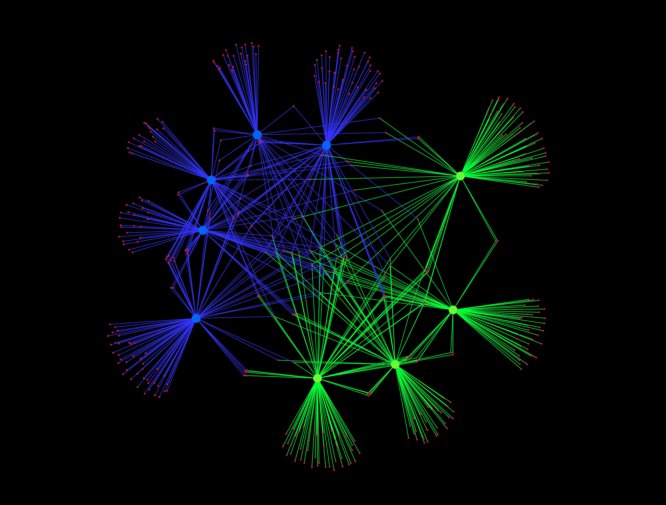With about 1 in 8 women in the United States expected to develop breast cancer in their lifetime, breast cancer remains the most common malignancy in women. Though heavily studied, its complexity creates significant challenges to diagnosis, prognosis, and treatment. One of the major problems is that causal DNA mutations of the disease vary from case to case. Human breast cancer falls into four major molecular subtypes (luminal A and B, HEWithR2-enriched, and basal-like), and these subtypes are associated with significant differences in prognosis and survival.
In the December issue of GENETICS, Li et al. explored the possibility that overarching gene regulatory mechanisms modulate the varying pathways of the four major breast cancer subtypes.
The researchers used publicly available sequencing, gene expression, and clinical data collected from over 3,000 human breast cancer cases across three cohorts. To this data, they applied the methods of machine learning, a powerful tool for selecting a small number of genes that can discriminate tumor samples into the four subtypes, and mutual information modeling, a method to accurately capture nonlinear interactions between regulators and their regulons .
They identified 16 master regulator genes (MR16) that shape different tumor subtypes. The master regulators are transcription factor genes that play a pivotal role in modulating downstream pathways or gene networks. Gene expression patterns from all three cohorts indicated that the MR16 can be divided into two groups that regulate cancer-related genes in opposite directions. For example, one group up-regulates cell cycle gene expression in only the HER2-enriched and the basal-like subtypes. Conversely, another group of the MR16 down-regulates cell cycle gene expression in those same subtypes. These results reveal a gene regulatory program that affects tumor progression in breast cancer.
Li et al. also sought to associate DNA mutations with gene regulatory pathway changes in tumor subtypes. They found an association of mutations of the gene TP53 with the previously described upregulation of cell cycle pathways in HER2-enriched and basal-like subtypes. This suggests that cell cycle pathway changes may be the characteristic genomic changes in the two subtypes, which opens a potential avenue to design new therapies.
Taken together, these findings help clarify gene regulatory programs in breast cancer, bringing us closer to using precision medicine to treat this complex disease.
CITATION
Li, R., Campos, J. & Iida, J. (2015) A Gene Regulatory program in Human Breast Cancer. Genetics, 201(4), 1341-1348. doi:10.1534/genetics.115.180125













